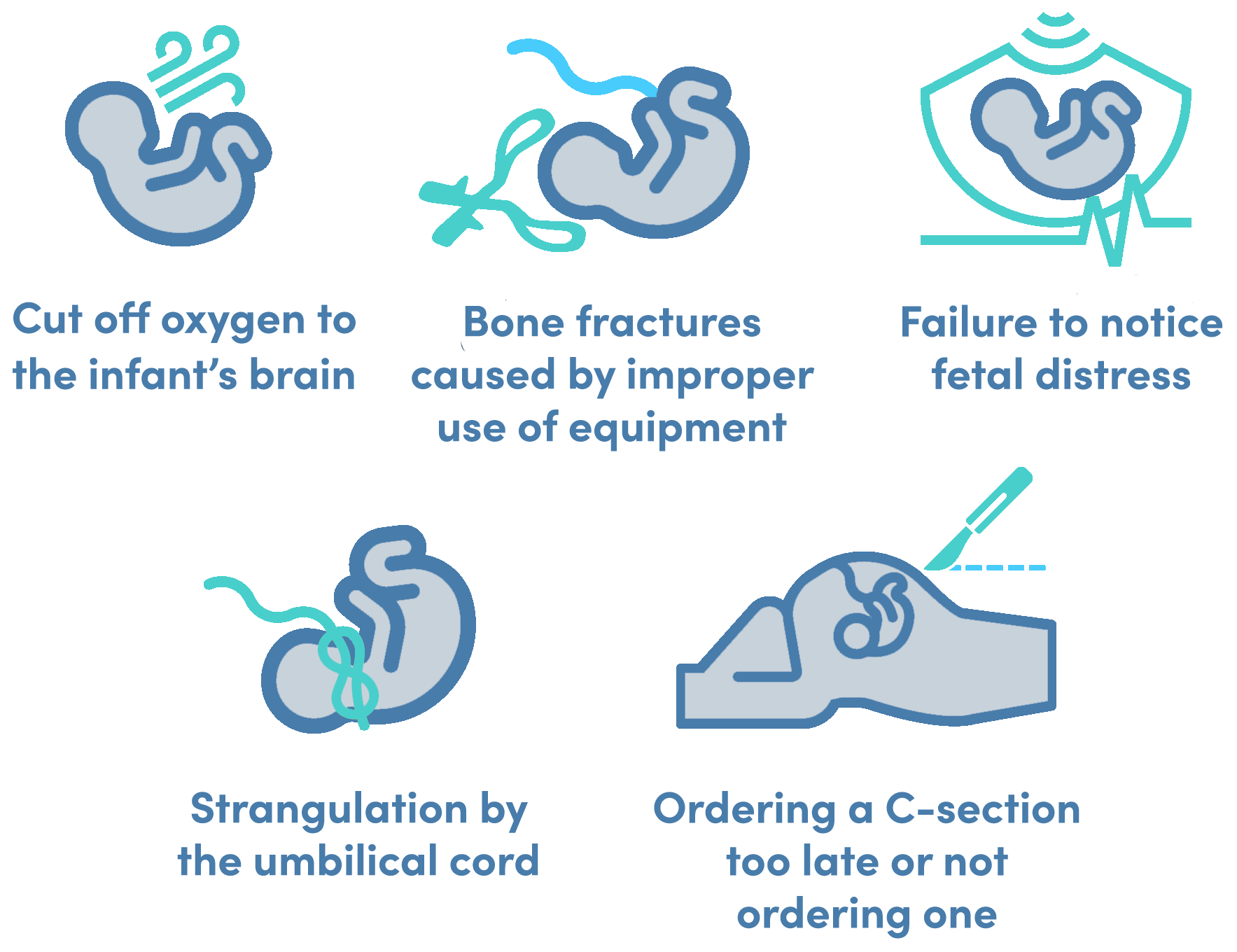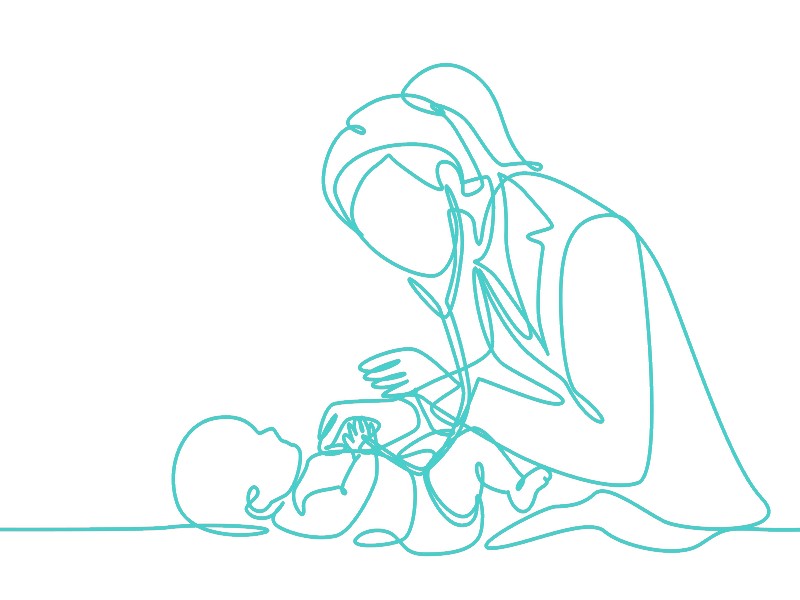
Injuries to your baby during childbirth can result in long lasting and severe
physical, emotional,
and financial strain on you and your family.
Don’t blame yourself for something
that was
not your
fault. Take a look at our simple guide to see how you may be able to GET HELP NOW.
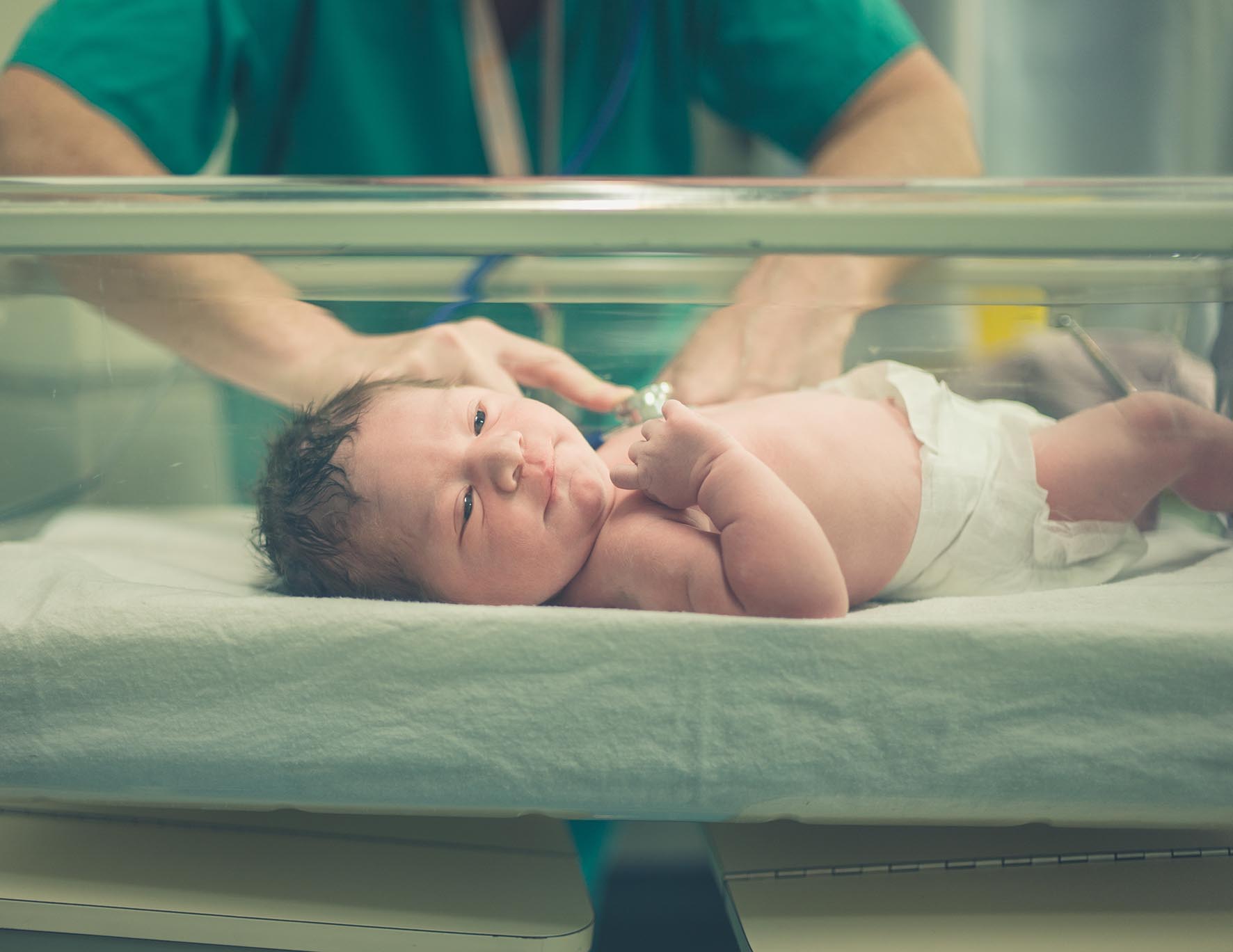
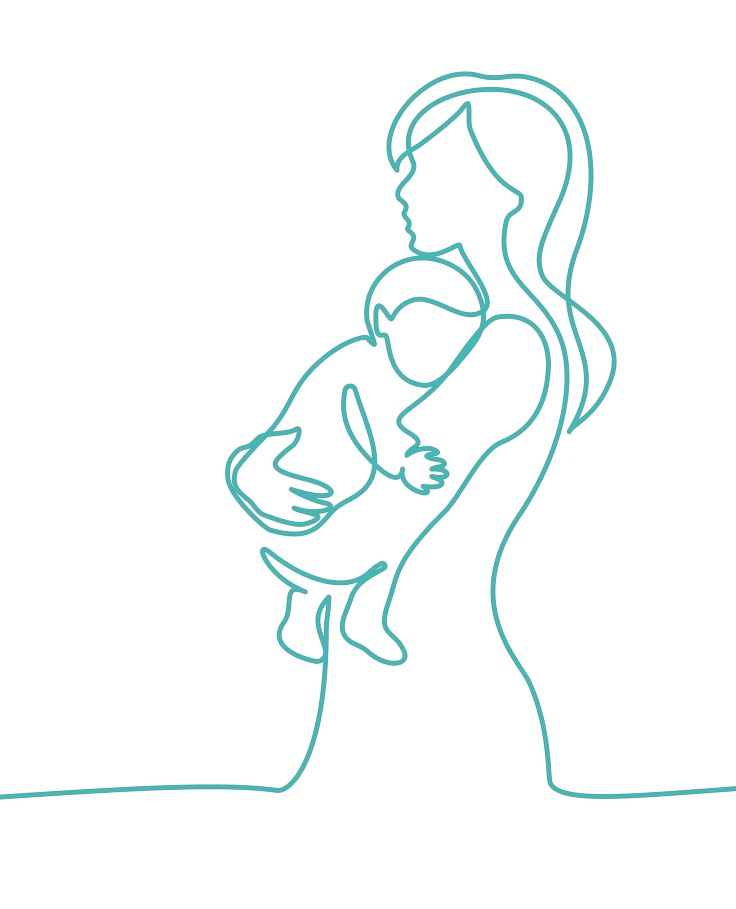
You can work with a Legal Team and Expert Medical Professionals to help you understand options to investigate and get clarity on the cause of your baby’s birth injury.
Your Legal Team can help you to file a legal claim against the hospital or medical teams who were responsible for your child’s injuries and condition.
Your Legal Team can help you secure financial help for your child’s lifelong medical expenses, corrective medical procedures and care.
While no one can reverse what has happened and turn back time, your Legal Team can help to get you and your family financial support for what has happened.
Given the complexities of birth injuries and the medical profession, you should think about consulting with a Legal Team and Medical Professionals about whether your baby’s injuries are a result of Medical Malpractice.

Lawyers can request your medical records and work with medical experts to investigate what happened and who could be to blame. The Legal Team will advise you if they believe your doctors and medical team during the birth failed to meet the standard of care when delivering your child, a birth injury lawsuit may be viable.
GET HELP NOWWhen a mother is having difficulty delivering her child or if the infant is improperly positioned in the womb, the attending physician may use forceps to help the child along. Proper use of forceps could reduce the child’s risk of oxygen deprivation and fetal distress, conditions that have been linked to cerebral palsy and other birth injuries. However, doctors have to be extremely careful, as forceps can cause nerve damage in the child’s neck or chest, and other, less severe injuries to the head.
When the mother is having difficulties expelling the fetus from the birth canal, a vacuum may be needed to assist her. Vacuums can be latched onto a baby’s shoulder or head and guide the child through the birth canal. Doctors and nurses are responsible for properly placing the vacuum on the infant. When the vacuum is improperly used, severe injuries to both the mother and newborn can result.
Emergency C-sections are ordered if the child is suffering from fetal distress. This often occurs when the child’s heart rate slows as a result of a sudden drop in the mother’s blood pressure, bleeding from placental abruption or other problems in delivery. Other conditions that may also require an immediate C-section include uterine ruptures, cord prolapses, slowed labor, and placenta previa (placenta covering the cervix). If the delivery team fails to recognize that the mother needs to have a C-section delivery, they may be liable if their lack of perception causes injuries for the mother and/or child.
Hypoxia is a condition that takes place when the child’s brain is not receiving enough oxygen. During childbirth, hypoxia can be caused by a tangled umbilical cord, infection or damage to the placenta. Medical practitioners are trained to detect hypoxia well in advance and to take steps to eliminate the chance of harm to either the mother or child. If the doctor fails to notice the hypoxic event and take quick, necessary action to avoid injury, they may be liable for any resulting damages. If hypoxia is not quickly addressed, the child can develop chronic mental and physical disabilities.
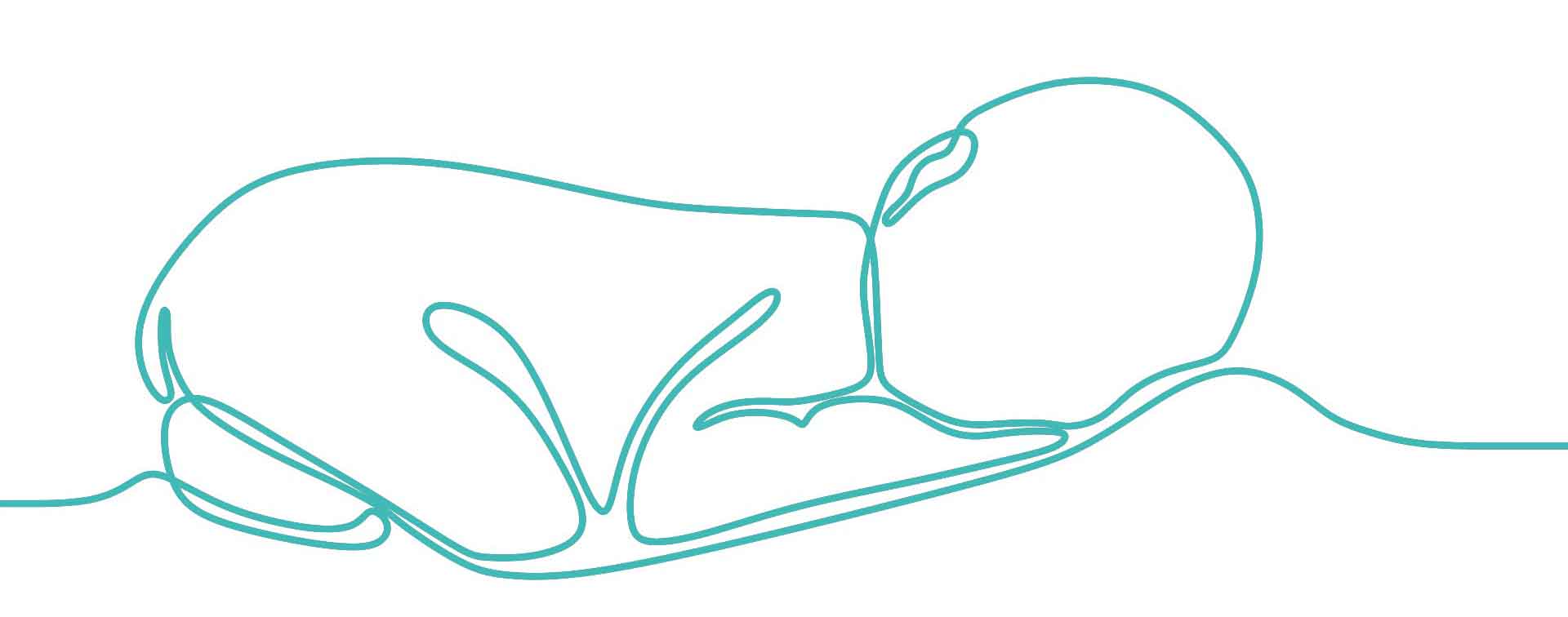
Child has been diagnosed with one of the following: Cerebral Palsy, HIE (Hypoxic-ischemic encephalopathy), Erb’s Palsy, Shoulder Dystocia, or Brachial Plexus
Child was born in a depressed state, needed to be resuscitated at birth, and remained hospitalized in a NICU for longer than 4 days at birth hospital or transfer hospital
Child received head or body cooling after birth, which is known as therapeutic hypothermia
Child had seizures or received anti-seizure medication during the first week of life
Child underwent head imaging, such as head ultrasound, CT, or MRI
Child suffered kernicterus (a high bilirubin level causing jaundice and brain dysfunction), other form of brain damage, or meningitis as a result of any alleged medical malpractice, either during the birth hospitalization or within the first month of life (such as being readmitted with meningitis within 2 weeks after birth)
